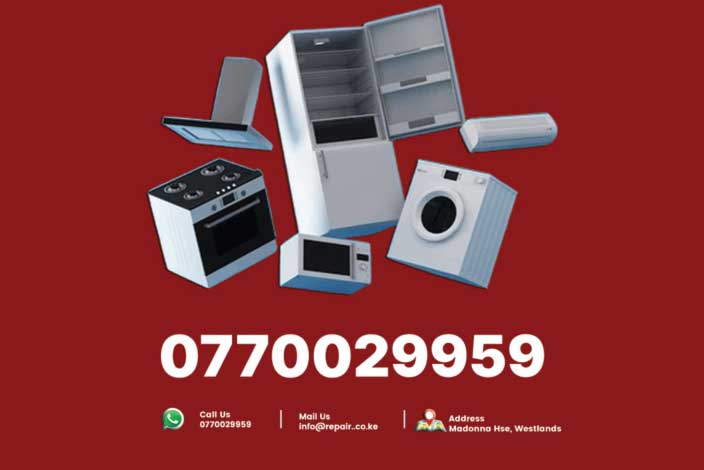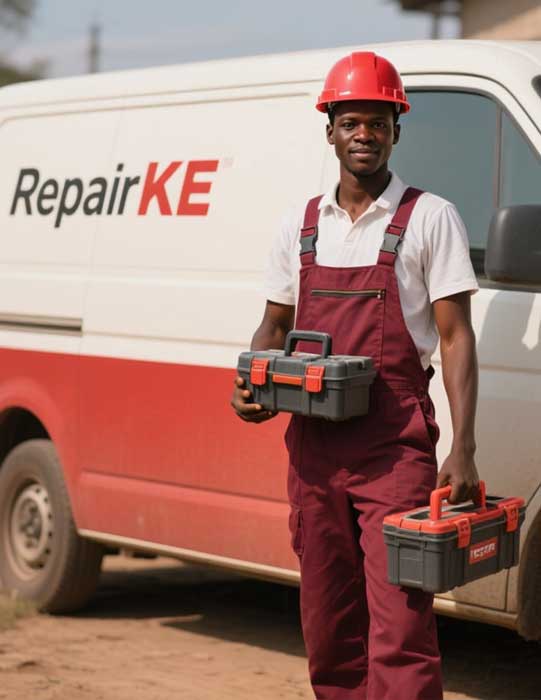Gas Flow Problems in the Welder Machine
Gas flow problems in MIG and TIG welding can lead to poor weld quality, including porosity or weak joints, due to inadequate shielding gas coverage. These issues often arise from blockages, leaks, or incorrect settings in the gas delivery system.
Common causes include clogged gas nozzles or hoses, which restrict gas flow, and leaks in the gas line or regulator, which reduce pressure. Incorrect gas flow settings, such as too low or too high a flow rate, can also disrupt shielding. For example, a flow rate below 10-15 cubic feet per hour (CFH) may not provide adequate coverage, while excessive flow can cause turbulence, pulling in contaminants.
To diagnose gas flow issues, check the gas nozzle and hose for blockages or damage. Inspect the regulator and connections for leaks using a soapy water solution to detect bubbles. Verify that the flow meter is set to the manufacturer’s recommended rate for the welding process and material. If problems persist, internal components like the solenoid valve may be faulty and require professional repair.
Preventive measures include regular cleaning of gas nozzles and hoses, routine inspection of regulators and connections, and calibration of flow settings. Using high-quality shielding gas and storing cylinders properly can also reduce issues. By maintaining the gas delivery system, welders can ensure proper shielding and high-quality welds.






